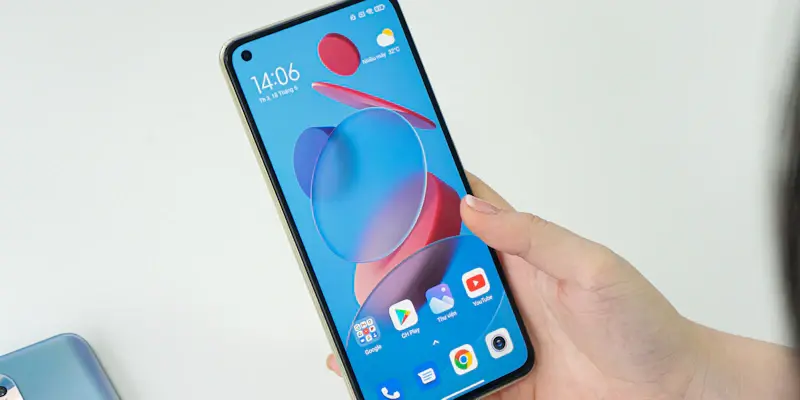The Nubia V70 Max, a new smartphone from ZTE’s sub-brand Nubia, is set to make its debut in the Philippines on February 15. This device is sure to turn heads with its impressive 6.9-inch LCD touchscreen, featuring HD+ resolution and a 120 Hz refresh rate—a notable feature in its category. Powering the V70 Max is the Unisoc T606 chipset, which is paired with 8GB of RAM and 128GB of internal storage. This combination ensures smooth and efficient performance for users, allowing them to run multiple applications and store substantial amounts of data without a hitch.
One of the standout features of the Nubia V70 Max is its sizable 6,000 mAh battery, which supports 22.5W wired charging. This large battery is designed to provide long-lasting usage, minimizing the need for frequent recharges. On the imaging front, the V70 Max is equipped with a 50 MP main camera, a 2 MP decorative sensor, and an 8 MP front-facing camera, catering to users who enjoy capturing high-quality photos and selfies. The smartphone’s design includes a prominent notch and a significant bottom bezel, while security is handled by a side-mounted fingerprint sensor integrated into the power button.
Available in gray, pink, and green, the device runs on Android 15 with ZTE’s MyOS 15 overlay, offering a modern and customizable user experience. By emphasizing a high refresh rate, substantial battery capacity, and sufficient memory/storage combination, ZTE aims to cater to the mid-range smartphone market with the V70 Max. This new addition to Nubia’s lineup offers a balanced mix of contemporary specifications, promising to attract a broad range of consumers seeking a reliable and feature-rich smartphone.

